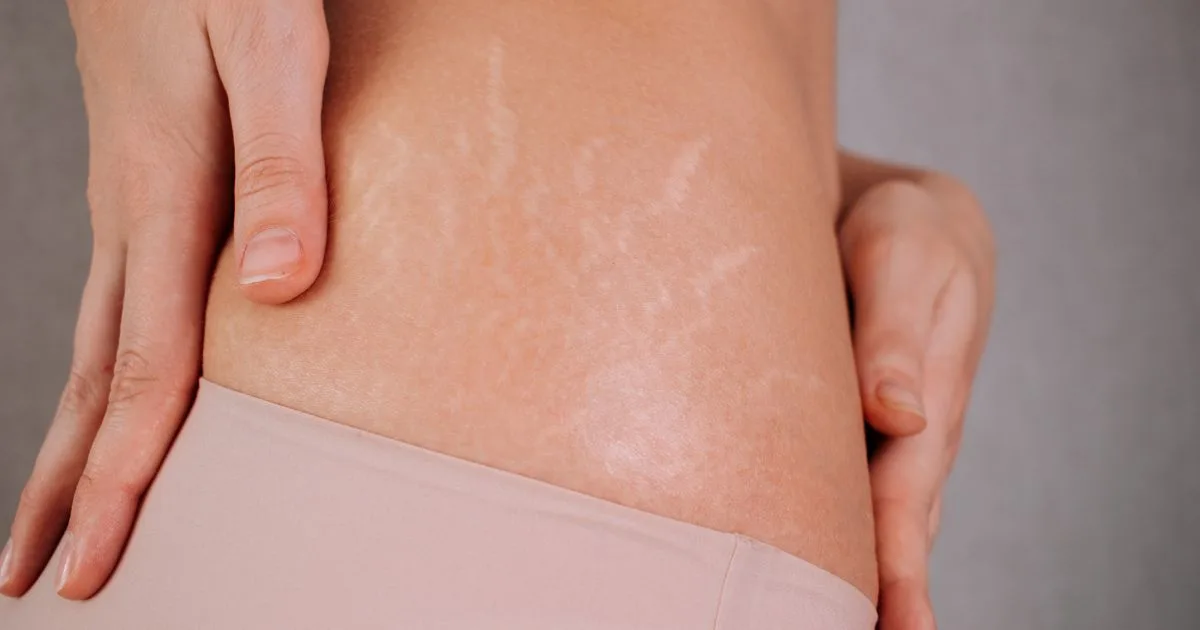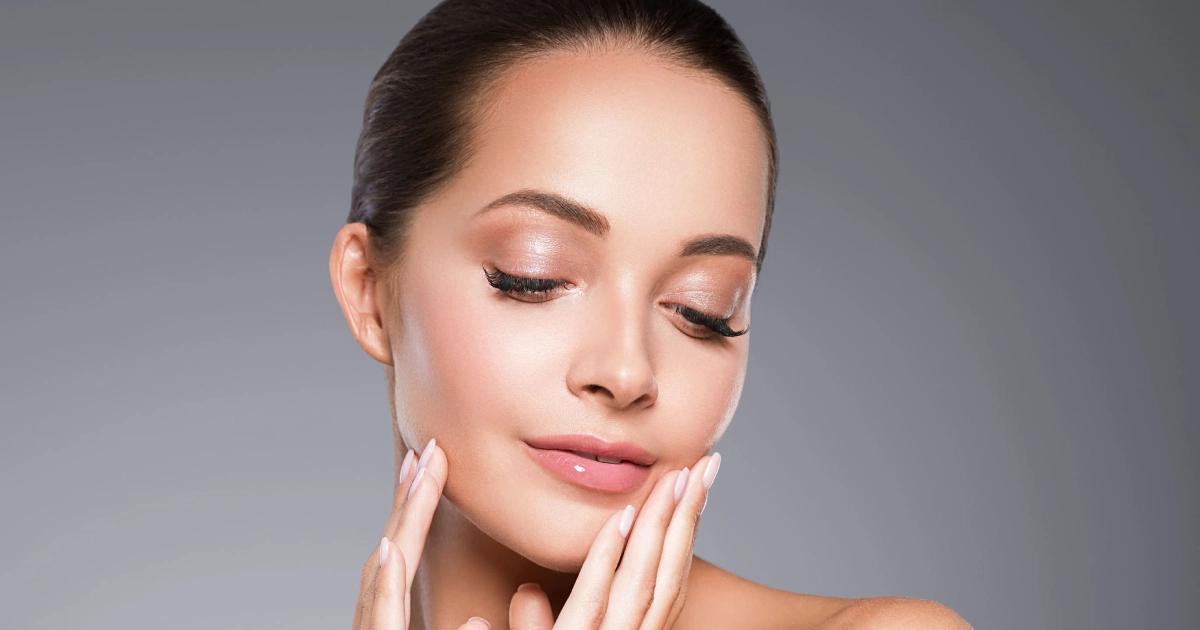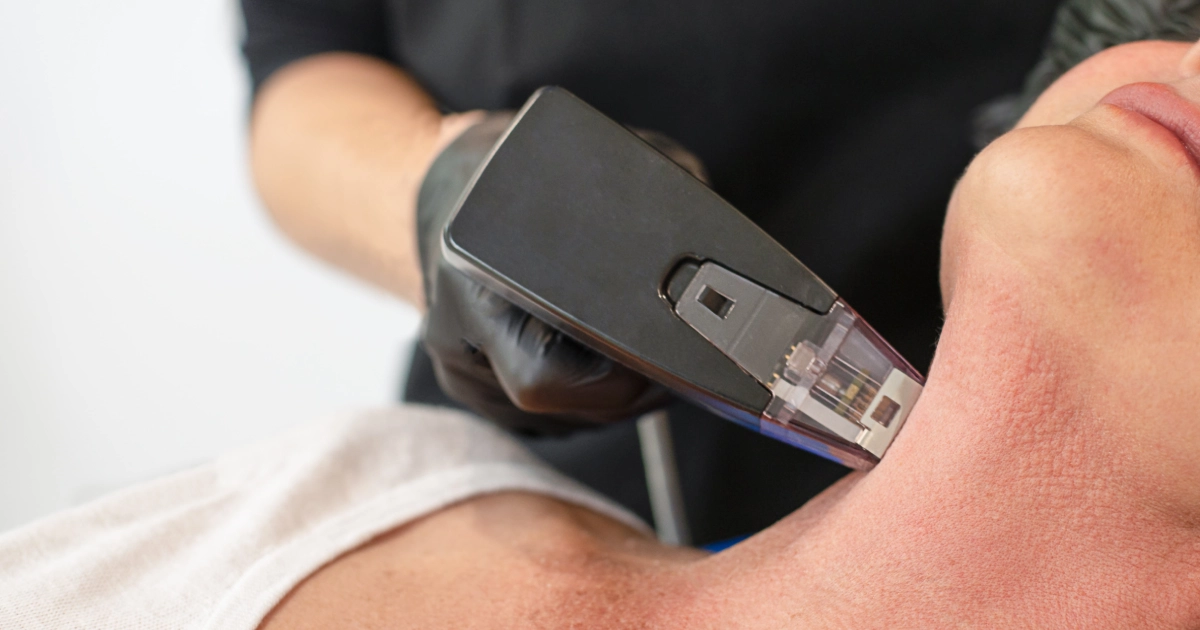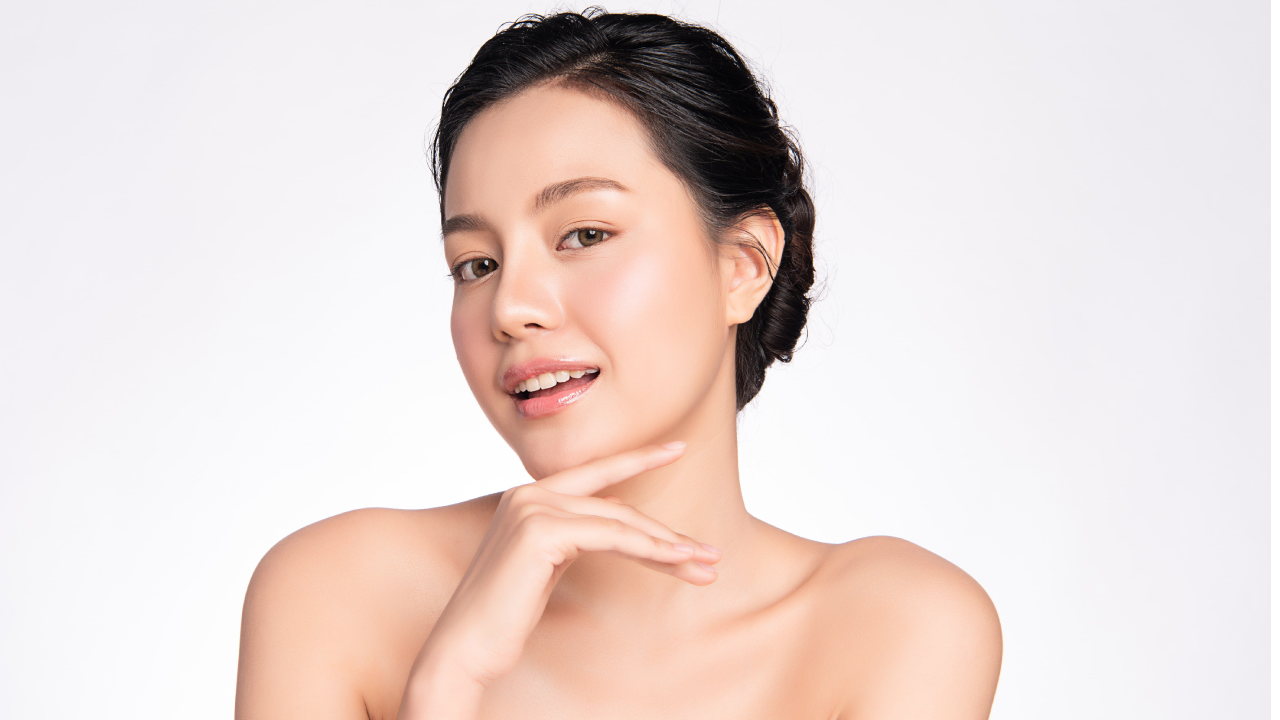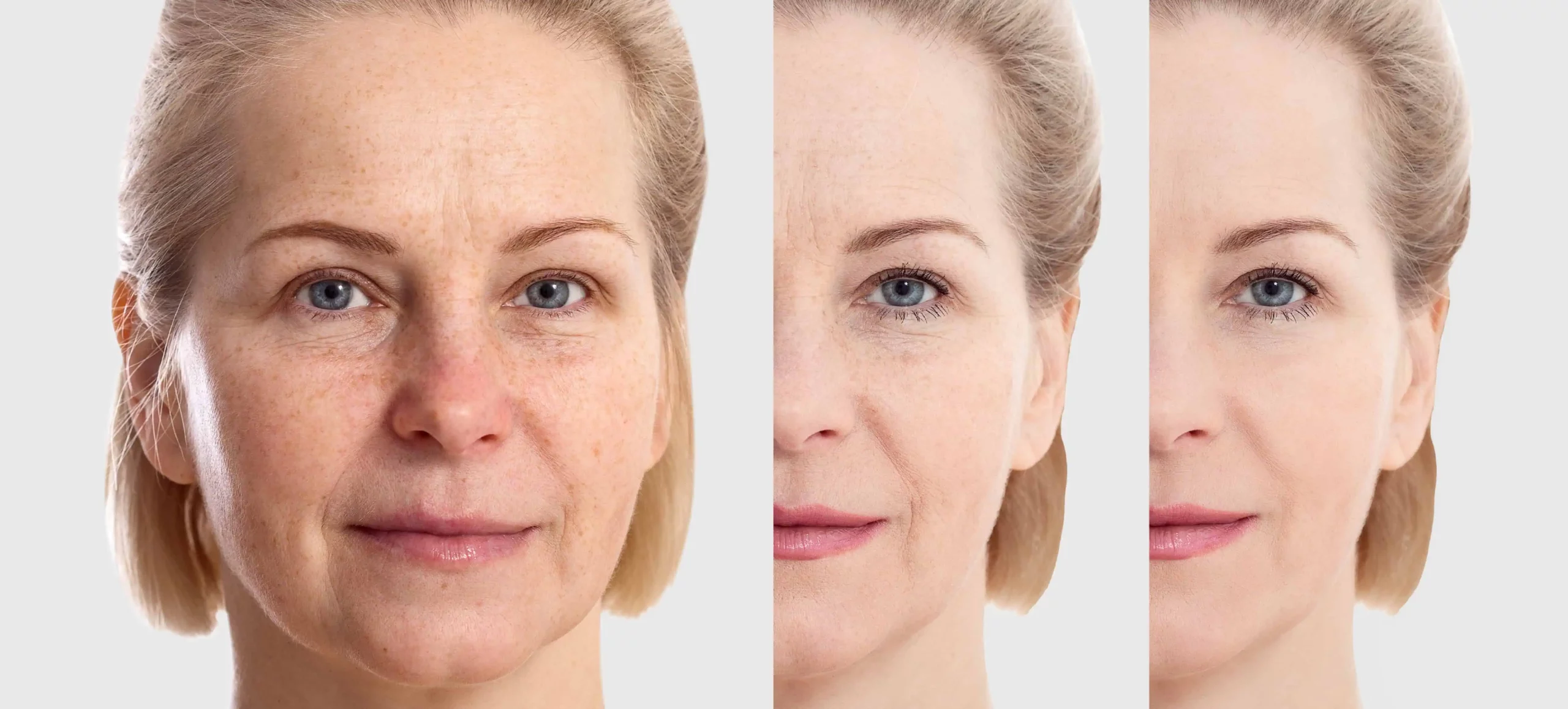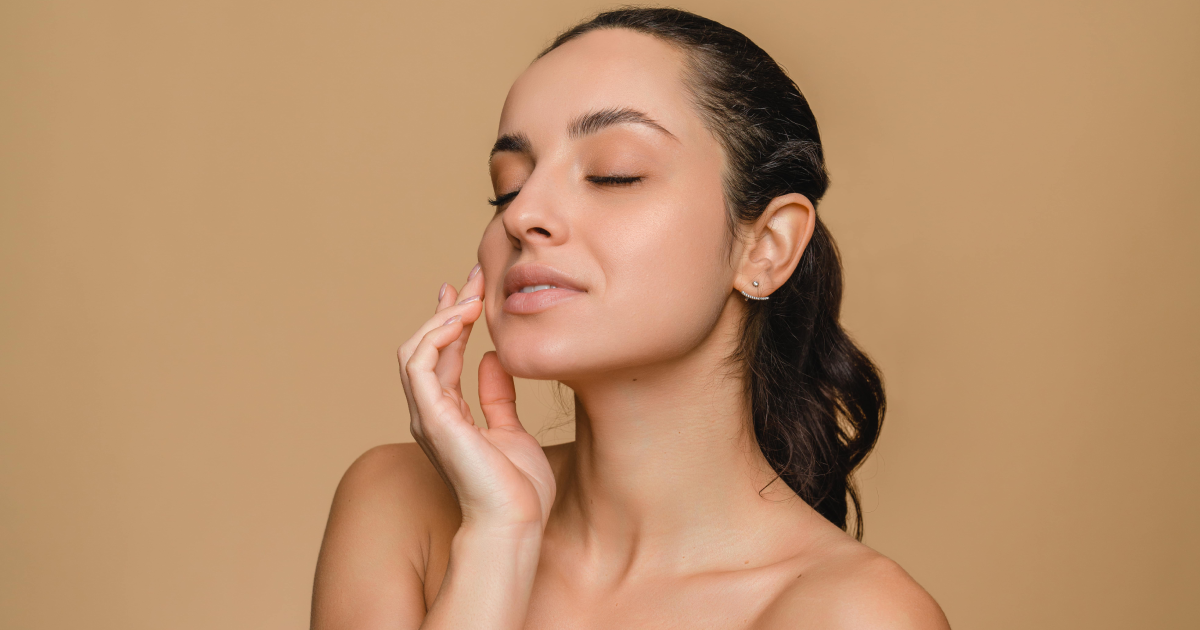What is a HydraFacial?
If you’re unfamiliar with what a HydraFacial is, according to Sameer Bashey, a clinical instructor in dermatology at the University of Southern California in Los Angeles, it’s a “medical-grade hydradermabrasion device that carries out a patented three-part regimen — cleansing, exfoliating, and then infusing skin with intensive serums.” The Hydrafacial is one of the most popular in-office facial treatments right now. It’s so popular that there is one hydrafacial done in this country every 15 seconds. With its impressive stats, the Hydrafacial has become the “go-to” facial for Celebs, your co-worker and all your facebook friends.
For those unfamiliar with the procedure, the Hydrafacial is a medical grade resurfacing treatment. Rather than blasting the skin with grit like regular dermabrasion, this gentler approach vacuums out pores while simultaneously pushing in beneficial serums with anti-aging and antioxidant properties. Leaving your skin moisturized, brightened, plumper, and protected. It can also deal with specific skin issues, like brown spots or nagging lines.

What happens during a Hydrafacial
The treatment starts with cleaning and removing the dead skin cells and excess sebum from the skin . Next a mixture of Salicylic and Glycolic acids are applied to the surface of the skin to assist the breakdown of dirt and oil that clog the pores. Then the Hydrapeel Tip is applied to basically vacuum out all blackheads, dirt, oil and dead skin off the surface of the skin, while hydrating, plumping, and nourishing serums are applied into the skin … simultaneously!
Who should get a Hydrafacial?
Everyone! HydraFacials can help people of almost all ages, genders, complexions, and concerns. “This is nice for teenagers with acne, adults with pimples, wrinkles, and hyperpigmentation and for older patients with sun damage and even flaky pre-cancerous spots (as part of more serious treatments),” says Ellen Marmur, an associate clinical professor in both the department of dermatology and the department of genetics and genomic research at the Icahn School of Medicine at Mount Sinai in New York City. However, it is not recommended for people who have active rashes, sunburns, or rosacea, or for pregnant patients.
What are the Side Effects of the HydraFacial
What makes the HydraFacial so popular? HydraFacial is more than your basic spa facial, but less invasive than a laser treatment. It requires no downtime and its benefits are apparent immediately! Expect slight redness that will subside quickly pos treatment. Following the treatment, you will want to allow your skin to absorb all the benefits just applied. Let your skin rest and avoid applying make up until the next day. HydraFacial is consistently safe and effective, without any residual irritation or peeling. It is a truly relaxing, feel-good experience that’s never painful. Many clients compare the process, even including the extraction process, to a light massage.
How often should I get a Hydrafacial?
HydraFacial will leave your skin feeling soft and dewy and its benefits may last longer than a regular facial, we recommend one every 4-6 weeks for best results.
Something that a lot of our clients appreciate is that having a HydraFacial doesn’t impact other procedures. You don’t have to schedule a separate appointment for Botox touch-ups, fillers or non-ablative light and laser treatments. You can have a HydraFacial treatment during the same appointment.
Schedule your appointment today for a HydraFacial with one of our highly skilled technicians by clicking here. Or call us at 925.954.7512, and we’ll be happy to answer any questions!



